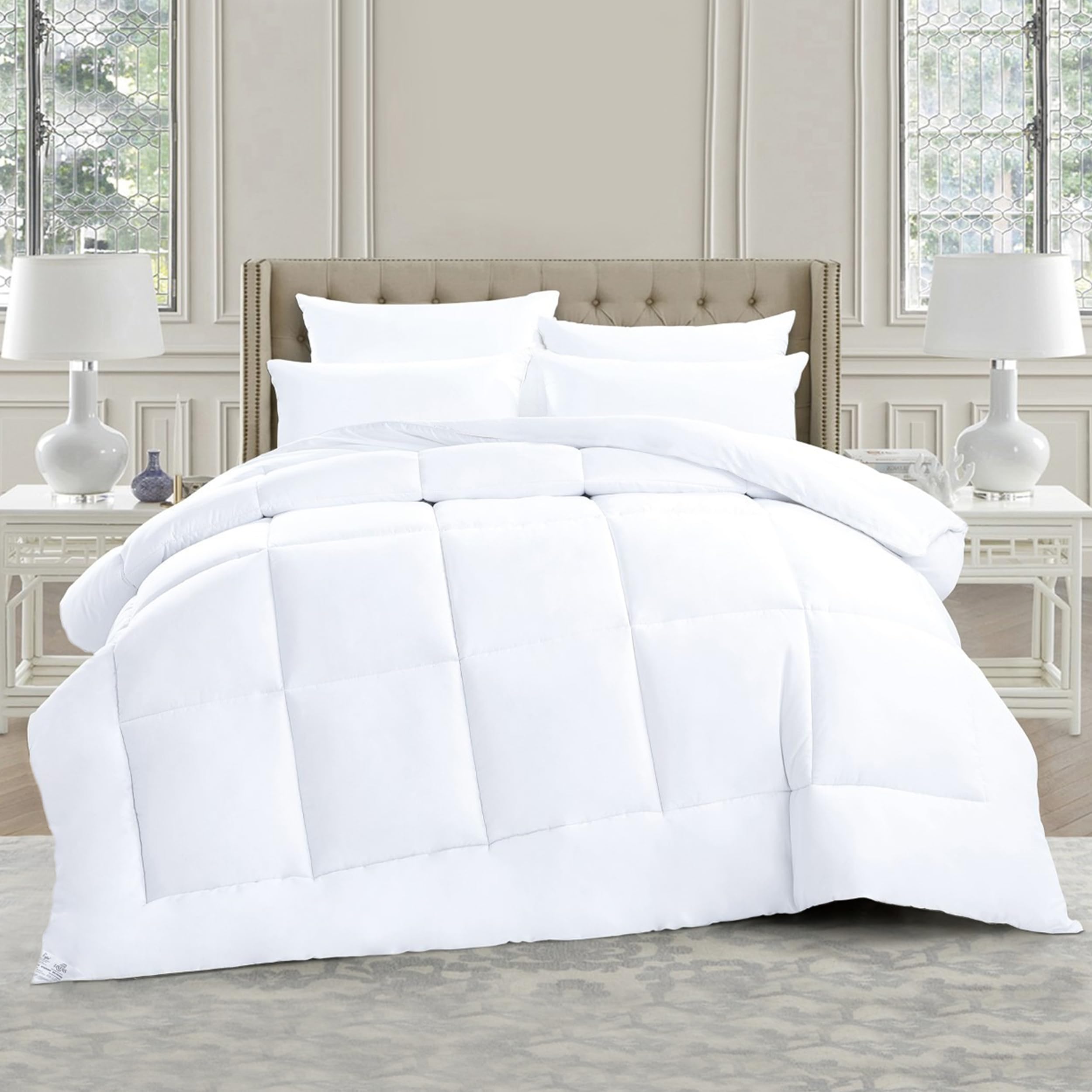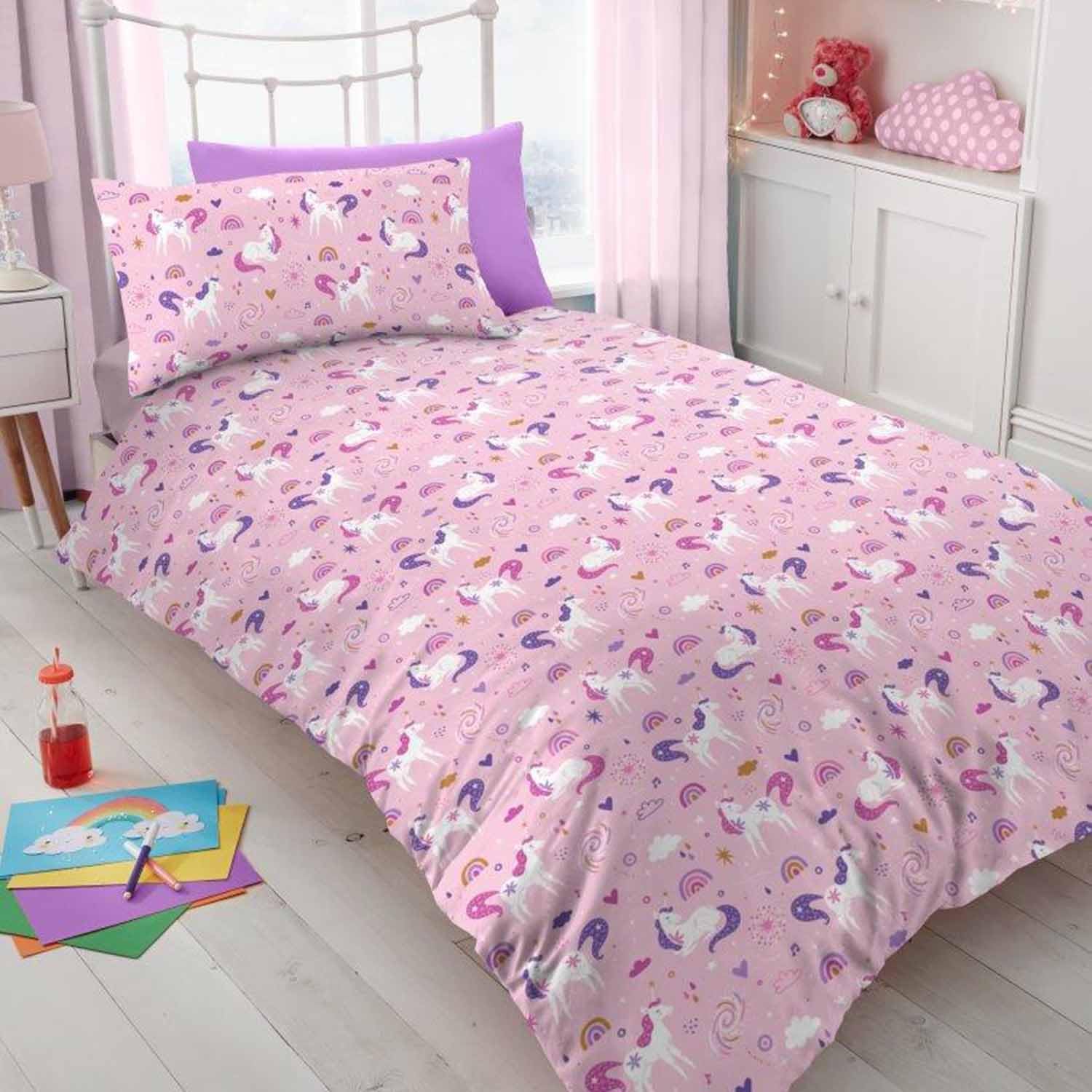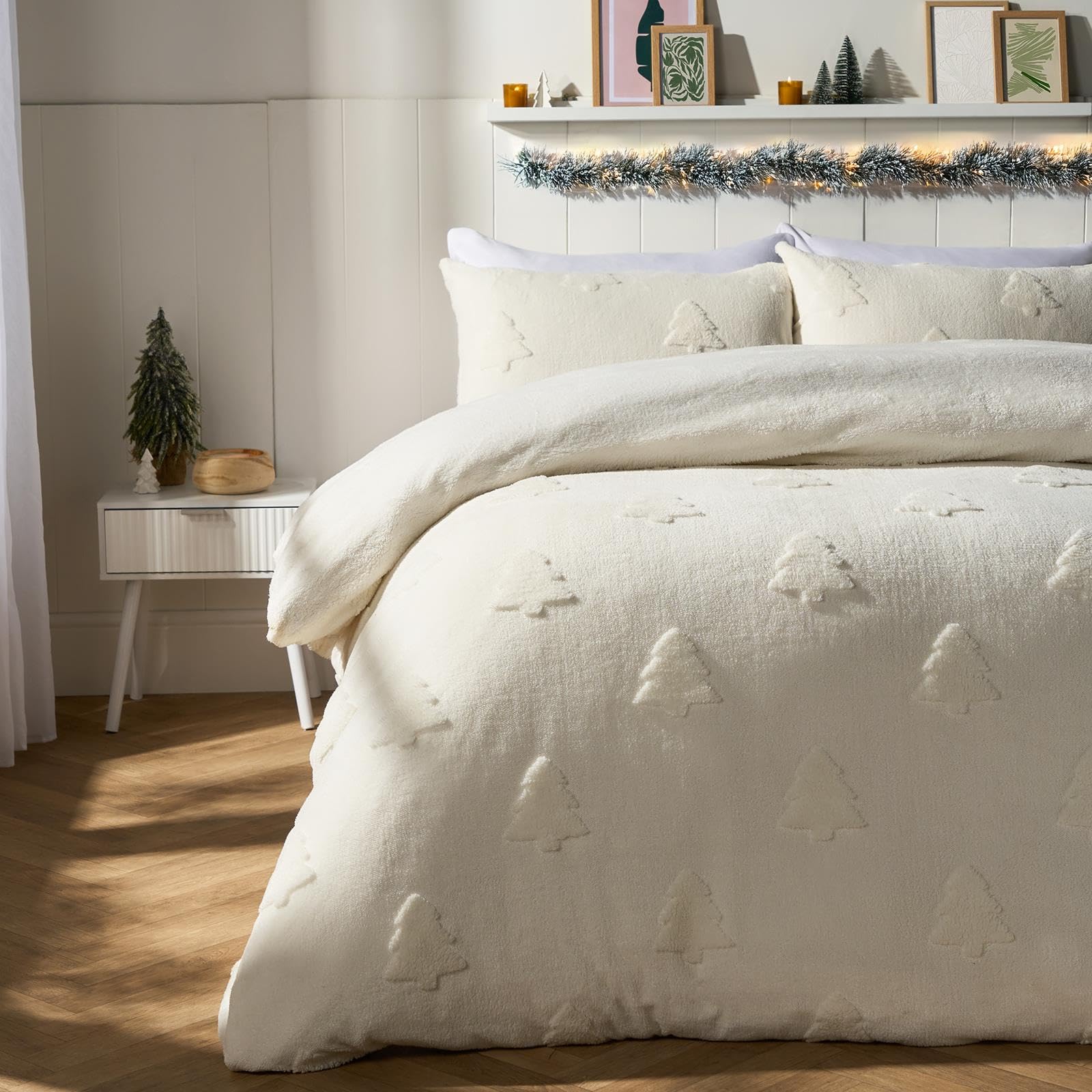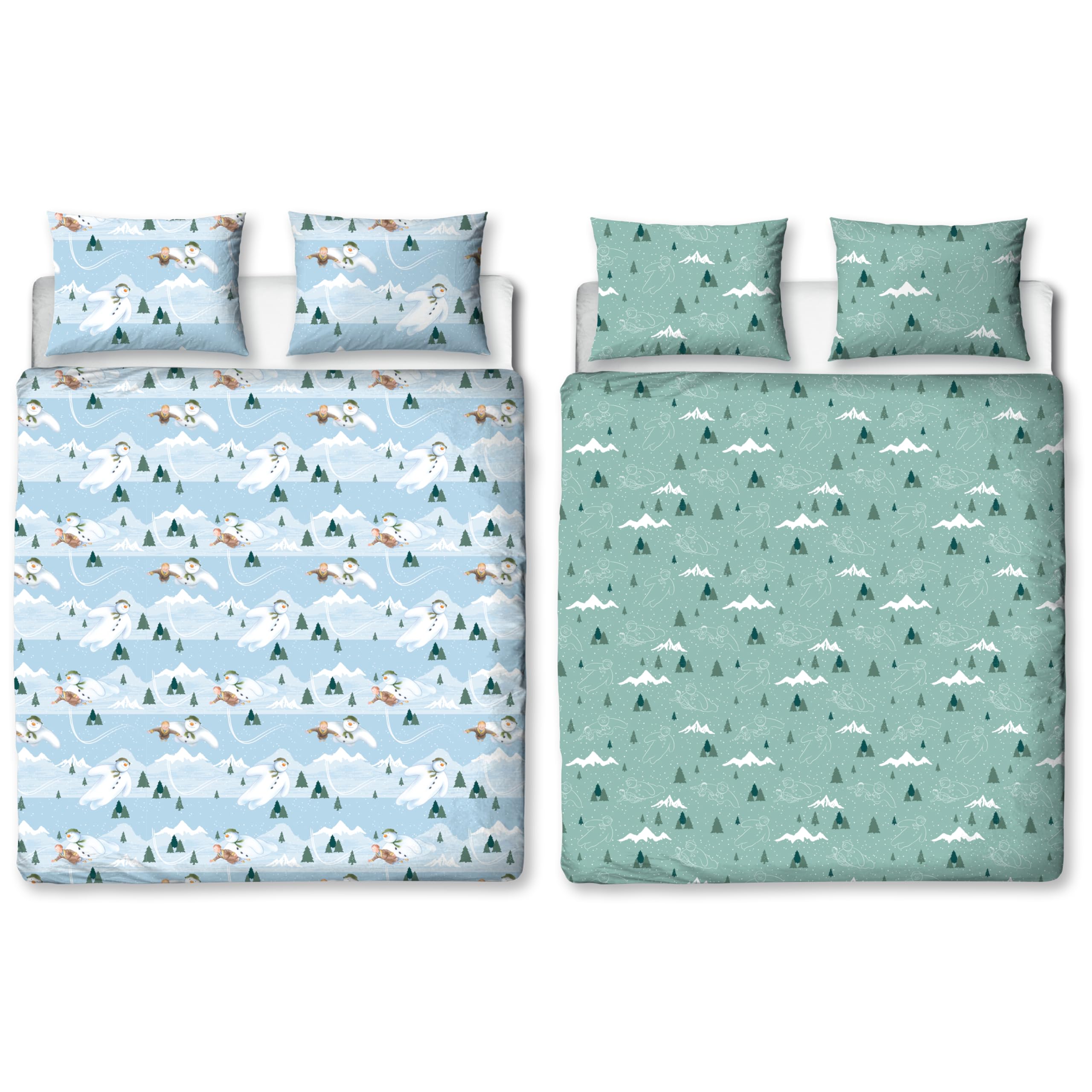Choosing the right duvet tog for a UK home is easier when you match warmth to your room temperature and sleeping preferences, then sense check with the seasons. Central heating, house insulation and even which direction your bedroom faces all affect how warm you feel under the covers. This guide explains tog ratings in plain language, gives practical examples for typical British homes, and helps you decide whether a single winter duvet or an all season set will keep you most comfortable.
Seasonal warmth usually comes from duvets that balance weight and airflow in UK bedrooms.
What Tog Means and Why It Matters
Tog is a measure of thermal insulation. A higher tog traps more heat, so the duvet feels warmer. It does not directly measure weight or thickness, which is why a high quality down duvet can feel light yet warm, while a cheaper synthetic one can feel heavy but less cosy. In the UK, three tog bands cover nearly every situation: 4.5 tog for summer and warm sleepers, 7 to 10.5 tog for spring and autumn in centrally heated homes, and 13.5 tog for winter or very cool bedrooms. These are guidelines rather than rules, but they map well to most homes once you factor in personal preference.
Start With Your Room Temperature
Think about your bedroom on a typical night rather than looking only at the calendar. If your heating keeps the room comfortably warm in the evening and you use it sparingly overnight, a mid range duvet between 7 and 10.5 tog usually feels right for most of the year. If you prefer sleeping in a cooler room, or your heating turns off early, plan for a 13.5 tog duvet for cold snaps and a lighter option for warmer periods. In a modern flat with good insulation and south facing windows, you might be comfortable with 4.5 to 7 tog for much of the year, then keep a blanket to layer on for the odd cold night.
Match Tog to the UK Seasons
Seasons do not behave the same in every home. Use this pattern as a starting point, then adjust to your reality. In summer, most people who run warm do well with a 4.5 tog duvet, especially when paired with breathable cotton percale sheets. If you sleep hot or live in a loft apartment, a 2.5 to 3 tog quilt or just a top sheet might be more comfortable during heatwaves. For spring and autumn in centrally heated homes, a 7, 9 or 10.5 tog duvet tends to suit. The difference within that band is minor, so let your preference for a little more or less weight guide you. In winter, many British homes feel best with 13.5 tog, particularly in older or draughty buildings. If your bedroom stays warm due to good insulation or you use an electric underblanket, you may be happier with 10.5 tog and a throw for the coldest nights.
All Season Sets vs One Winter Duvet
All season sets usually combine a 4.5 and a 9 tog that fasten together for winter. This gives flexible warmth and can be better value than buying three separate duvets. You use 4.5 tog in the summer, 9 tog in spring and autumn, and both together in winter. If you dislike storing multiple items, or your household has varied needs, an all season set makes life easy. If you love a particular feel in winter, for example the cocoon of a single 13.5 tog down duvet, and your summers are mild, one winter duvet plus a lighter 4.5 tog can also be a simple setup. Either approach works. The choice comes down to how much you value flexibility and how much storage space you have.
Hot and Cold Sleepers Share a Bed
Couples rarely agree on temperature. There are ways to keep both people comfortable. The simplest is to use an all season set and split it during summer so the warmer partner takes 4.5 tog and the cooler partner takes 9 tog. In winter you can clip both together, or keep separate single duvets so each person has a preferred weight. Another approach is to keep a light 4.5 or 7 tog duvet on the bed and add a dedicated throw or blanket to the cold side. Small tweaks to sleepwear help too: the warm sleeper can use breathable cotton or modal pyjamas, while the cooler sleeper picks flannel or thermal fabric.
Fill Matters for Comfort
Tog tells you about warmth, but fill determines how that warmth feels. Down traps heat efficiently for its weight, which creates a cloud like drape that many people love in winter. High quality down also breathes well, which helps manage humidity. Feather and down blends feel a little heavier and crisper and can be a better price. Microfibre and hollowfibre are practical and hypoallergenic, with easy washing. They are predictable in feel and a strong choice for busy households. Wool regulates temperature naturally and can keep you cosy without clamminess, which is useful for people who overheat at night. Silk has a smooth, cool touch and is a pleasant summer option. When choosing fill, think about whether you prefer a lighter drape or a gently weighted feel and how often you want to wash the duvet at home.
Choose Breathable Covers and Good Construction
Good construction keeps warmth even across the bed. Baffle box designs with internal walls let down loft fully without cold spots, which is ideal for higher loft duvets. Cassette or box stitching rows hold synthetic fills in place for reliable warmth distribution. For covers, a tightly woven cotton casing improves breathability and prevents feather poke through. If you plan to wash at home, check the label for drum size and temperature recommendations. Microfibre duvets are often machine washable on regular machines. Down and wool may need a larger drum and a gentle cycle. Dry fully before putting on a cover to avoid trapped moisture.
Sheets and Duvet Covers That Help You Sleep Cooler
Small changes to bedding can make the same duvet feel more comfortable. Cotton percale sheets are crisp and allow air to pass easily, which helps hot sleepers. Linen is even more breathable and becomes softer with each wash, although the texture is not for everyone. Bamboo and lyocell have a cool touch and wick moisture well. If you run cool, cotton sateen has a smooth, slightly warmer feel that many people enjoy in winter. Choosing the right sheet can reduce the need for drastic changes in tog throughout the year.
Practical Examples to Make the Choice Easy
If you live in a modern flat with central heating and your bedroom rarely drops below 18 degrees Celsius at night, choose a 9 or 10.5 tog duvet for most of the year and add a 4.5 tog for summer. If you live in an older terrace with single glazing and you like a cool room, choose an all season set so you can use 4.5 tog in summer, 9 tog in autumn and spring, and both together in winter. If you sleep very hot, choose a 4.5 tog for most of the year, pair it with cotton percale sheets, and keep a lightweight throw nearby for unexpected cold nights. If you like a cosy, cocooned winter bed, pick a single 13.5 tog down duvet and use a 4.5 tog synthetic or silk duvet in summer for easy washing.
Allergy and Care Considerations
For allergy sensitive sleepers, microfibre and wool are strong choices. If you prefer down, look for well cleaned and certified fills and a tightly woven casing. Certifications such as OEKO TEX Standard 100 indicate materials have been tested for harmful substances. Nomite labels suggest the casing is downproof and resistant to house dust mites. Responsible Down Standard helps with ethical sourcing. Wash duvets according to the label, use minimal detergent, and dry thoroughly with dryer balls to keep loft. Air the duvet outdoors on dry days to refresh it between washes.
Electric Blankets and Tog
If you use an electric underblanket, you can often choose a lower tog duvet because the mattress surface starts warm. Preheat the bed for 20 to 30 minutes, then switch to a low setting or turn it off entirely when you get in. This reduces overheating and keeps running costs low. Combining a 7 or 9 tog duvet with a short preheat can feel as cosy as a 13.5 tog without feeling heavy.
Seasonal warmth with breathable covers features in duvets for UK homes; cooler beds pair well with percale sheets and a quiet mattress protector.
FAQs
Which tog is best for UK winters? Many homes feel best with 13.5 tog. If your insulation is good or you preheat the bed, a 10.5 tog plus a blanket can be enough.
Is an all season set worth it? If you want one purchase that works year round, yes. It offers summer, mid season and winter coverage without guesswork.
What if I still wake hot at night? Try percale or linen sheets, choose a breathable duvet cover and consider wool or silk fills that manage moisture better.





